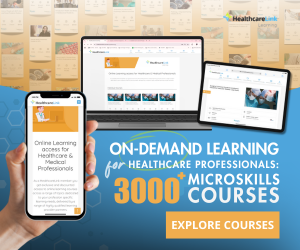Diabetes Care | Care of People with Metabolic Problems: Diabetes | Endocrine and Metabolic - Assessing a Patient with an Electrolyte Imbalance
Assessing a Patient with an Electrolyte Imbalance
Session Overview
Description
This session explores the common and important causes of electrolyte imbalances commonly seen in primary care, particularly socdium and potassium, and presents a set of typical case studies of patients who have electrolyte disturbances.
This session was reviewed by Khyati Bakhai and last updated in February 2020.
Learning Objectives
By the end of this session you will be able to:
- Identify common causes of electrolyte imbalances commonly seen in primary care
- Use a systematic approach to the assessment of common electrolyte imbalances
- Use a systematic approach to the investigation of electrolyte imbalances in primary care
- Recognise rare but serious electrolyte imbalances that may present in primary care and take appropriate prompt action
This session considers abnormalities of the commonly measured electrolytes sodium and potassium.
These electrolytes are intimately linked to renal function, and to interpret abnormalities, doctors must understand the homeostatic mechanisms used by the body to maintain equilibrium in health and compensate for changes in disease.
As an extracellular ion, sodium concentrations reflect not just body sodium content, but the degree of dilution in serum. Therefore, high or low serum sodium concentrations often do not reflect high and low body sodium content respectively.
Conversely, as a predominantly intracellular ion, potassium concentrations in serum vary primarily as a result of either redistribution (e.g. as a result of acid-base changes), or whole body potassium status. The magnitude of whole body potassium deficit is much greater than serum values might suggest because the ion is mostly intracellular.
- NiPHC Transition to Practice Program
- Posted By APNA - Australian Primary Healthcare Nursing Association - Transition to Practice Program
- Posted Date: 2024-11-28
- Location:Online
- Transition to Practice Program: helping nurses make the move into primary health care.
- Non-pharmacological Approaches to the Management o...
- Posted By eIntegrity Healthcare e-Learning
- Posted Date: 2024-11-28
- Location:Online
- This session presents a wide spectrum of non-pharmacological approaches to the management of chronic...
- Medications and Older Adults course
- Posted By eIntegrity Healthcare e-Learning
- Posted Date: 2024-11-28
- Location:Online
- This session describes the physiological changes that occur with ageing and the effects these change...
- Common Pain Conditions in Older People course
- Posted By eIntegrity Healthcare e-Learning
- Posted Date: 2024-11-28
- Location:Online
- This session describes some of the most common conditions that cause pain in older people, the manag...
- Assessment of Pain in Older Adults course
- Posted By eIntegrity Healthcare e-Learning
- Posted Date: 2024-11-28
- Location:Online
- This session describes the assessment of pain in older adults and the range of assessment tools avai...


